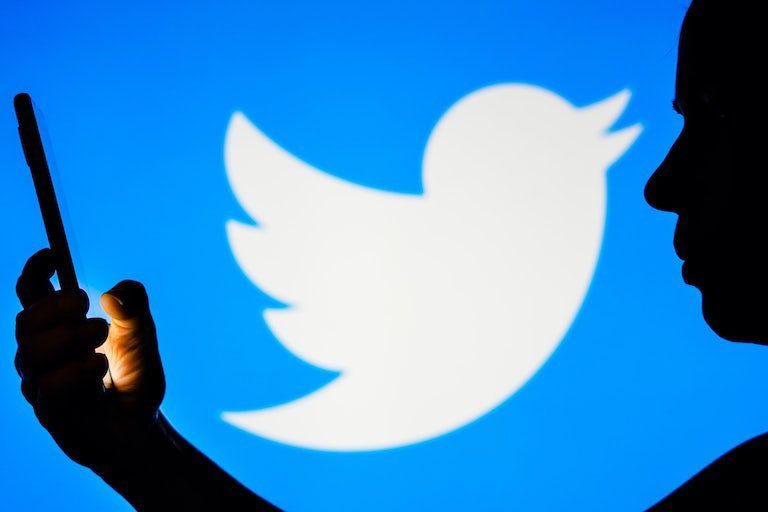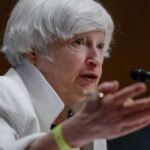Twitter Begins Removing Blue Checks From Users Who Don’t Pay – Twitter is now taking action by removing blue verification badges from users who haven’t paid for them, which is affecting many of the platform’s well-known users and that is meant to verify identities and differentiate them from fake accounts on the social media site owned by Elon Musk. On Thursday, Twitter finally started following through on its promise to strip blue verification badges from accounts that fail to pay a monthly fee.
The original blue-check system had around 300,000 verified users, including public figures, journalists, and athletes. The badges began disappearing from these users’ profiles in the late morning Pacific time after multiple failed attempts. Among the users who lost their blue verification badges on Thursday were notable figures such as Beyonce, Pope Francis, and former President Donald Trump.
People Also Read: Twitter Users to Trade Crypto Through Etoro
To maintain the blue verification badges, users can expect to pay anywhere from $8 per month for individual web users to a minimum of $1,000 per month to verify an organization, along with an additional $50 per month for each affiliate or employee account. Unlike the previous blue-check system administered before Elon Musk took over, Twitter does not conduct individual account verifications to confirm the authenticity of the users.
Even high-profile users like basketball star LeBron James and “Star Trek’s” William Shatner have shown reluctance to pay for the blue verification badges. However, on Thursday, James’ account showed a blue check, indicating that the verification fee was paid. Meanwhile, “Seinfeld” actor Jason Alexander vowed to abandon the platform if Musk removed his blue check. “The way Twitter is going anyone could be me now. The verification system is an absolute mess,” Dionne Warwick tweeted Tuesday.
She had earlier vowed not to pay for Twitter Blue, saying the monthly fee “could and will be going toward my extra hot lattes.” On Thursday, Warwick lost her blue check. Since purchasing Twitter for $44 billion in October, Musk has been working to increase the platform’s revenue by encouraging more users to sign up for premium subscriptions.
However, his recent decision to remove blue verification badges from non-paying users also reflects his belief that these badges have become unwarranted and have turned into “corrupt” symbols of status for privileged personalities, journalists, and other individuals who received verification for free under Twitter’s previous administration.
People Also Read: Elon Musk Announces Twitter to Promote Only Paying Users’ Tweets
Around 14 years ago, Twitter introduced blue verification badges to help combat misinformation from fake accounts impersonating real people. While many of these “legacy blue checks” belong to politicians, activists, and individuals who unexpectedly find themselves in the news, some are lesser-known journalists working for smaller publications worldwide. One of Musk’s first initiatives after taking over Twitter was to launch a blue check service that charged users $8 per month.
Numerous impostor accounts, including those posing as Musk’s companies Tesla and SpaceX, Nintendo, and pharmaceutical giant Eli Lilly, flooded the service. Consequently, Twitter had to suspend the service only a few days after its release. The re-released service now costs $8 per month for web users and $11 per month for those using Twitter’s iPhone or Android apps. Subscribers can expect to see fewer advertisements, be able to post longer videos, and have their tweets given more prominence on the platform.




